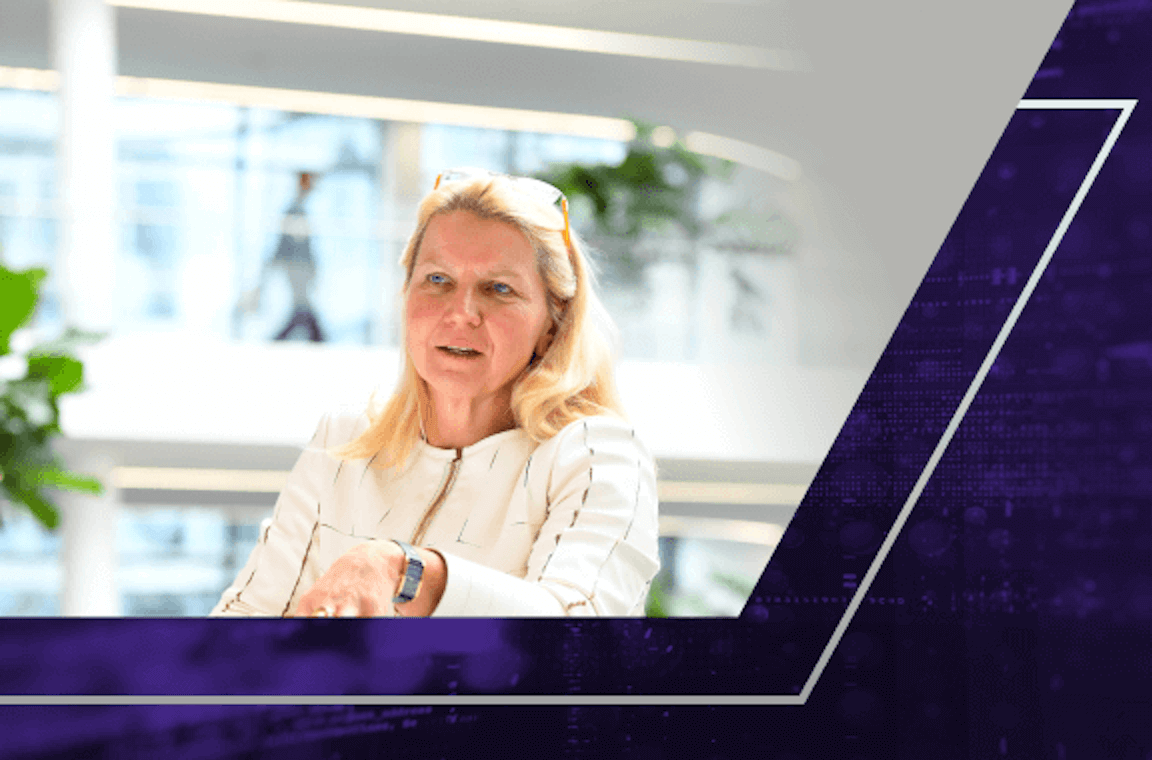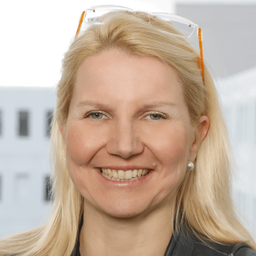
EDITOR'S PICK
How Siemens AG is accelerating transformation by combining the real world with the digital world
Feb 20, 2024
From manufacturing to infrastructure, mobility and healthcare, nearly everyone has interacted with products or services from Siemens in some fashion. As a 176-year-old company, Siemens AG has played a prominent role in modernizing entire countries.
From manufacturing to infrastructure, mobility and healthcare, nearly everyone has interacted with products or services from Siemens in some fashion. As a 176-year-old company, Siemens AG has played a prominent role in modernizing entire countries and their economies. The company has remained strong and relevant by constantly reinventing itself to meet changing market conditions and customer challenges.
We’re now doing it again by delivering new efficiencies and transforming our product portfolio to support the acceleration of sustainable digital transformation for customers, so they can deliver more with less.
Expanding the scope of IT beyond the office and process into Product IT and Production IT
In January I spoke about this reinvention at the Women in IT & Security CXO Summit hosted by Zscaler in Palm Beach, Florida. I discussed growing the scope of IT at Siemens beyond traditional office and process IT scope into one that encompasses Product IT and Production IT. During the first year of the COVID-19 pandemic, Siemens transitioned to a virtualized environment and moved away from an on-premises firewall-and-VPN model to to a software-driven, virtualized environment based on zero trust architecture. As a result of enabling 300,000 people in 190 countries and across 800 locations to work remotely in record time—just two weeks—our IT team was hailed as the digital backbone of the company. IT continues to deliver essential technology platforms for our overall transformation as a company, our product portfolio, and our digital sales channels.
At Siemens, IT now plays a massive role in digital transformation throughout the entire value chain. We do so by acting as a customer zero: Whenever our product units have built a new product, we deploy it first at Siemens, where possible, to determine whether the architecture is scalable and to gather feedback for the product development teams so they can further fine-tune the product. As customer zero, IT acts as a development, operations, and scaling partner.
Disrupting the physical world
Siemens serves the markets close to critical infrastructure. In the past, we electrified nations with the first trains and telephones. Today, we are for example digitizing the rail infrastructure in Norway, building manufacturing solutions such as programmable logic controllers (PLCs) that are the steering units of industrial machines, and financing the charging infrastructure to electrify America.
I believe the physical world of hardware needs to be disrupted. Just as Tesla turned the existing automotive paradigm on its head and transformed the car into a supercomputer: Automakers typically used to build the software for the hardware, the car. We need to disrupt the physical environment and shape a new game. Like Tesla we need to turn that around and build hardware for the software.
At Siemens we combine the real with the digital world by providing software-as-a-service (SaaS) and connected hardware through our new Siemens Xcelerator product portfolio. This shift will help our customers become sustainable and accelerate their digital transformation.
Embracing partnership as a new model for innovation
In the not too distant past, our business strategy revolved around offering our customers end-to-end solutions and solving every problem with a Siemens product. Today, this approach has changed dramatically. We now recognize the need to open up our products to partners and allow them to build and fill the gaps with their own solutions that we then integrate seamlessly into our products. Partners can give us an outside perspective informed by talking to many customers, which helps us to recognize trends and challenge our thinking.
Our partnership with Zscaler is one example. Through it, we have strengthened the security position of our company’s system landscape and products by embedding security in their design.
At the recent Consumer Electronics Show CES, we launched the Siemens Xcelerator Developer Portal. It is a first-of-its-kind platform consolidating all Siemens’ APIs and developer resources. This portal is part of the Siemens Xcelerator, and it operates on principles of openness and collaboration, providing developers a unified space to explore and access Siemens and partner APIs. The portal was built by our 50,000 developers for developers. It’s like an Apple Store, where developers can use Siemens software development kits (SDKs) to add value to our products and drastically accelerate time to market.
Also at CES, we shared our progress in shaping an industrial metaverse where partners can, for example, co-innovate using a combination of augmented reality/virtual reality (AR/VR) tooling and digital twin software injected with AI to allow teams to collaborate closely across the world. Together with Sony Corporation (Sony) we introduced a new solution that combines the Siemens Xcelerator portfolio of industry software with Sony’s new spatial content creation system, featuring the XR head-mounted display. It enables designers and engineers to create and explore design concepts in a borderless immersive workspace. Through our partnership with Microsoft, we help our engineers, and the ones of our customers write code for PLCs using generative AI in the timespan of hours instead of weeks.
As we embrace innovative technology trends like AI and anticipate others like quantum computing, we need to stay vigilant to potential abuses. We need to ensure that we deploy AI securely and responsibly without violating privacy requirements and compliance regulations. And we need to be aware of bad actors who could use future innovations against us.
Advice for women in technology
I closed with a few words of advice for my female peers in technology. First, follow your passion. With passion, we really can make a huge difference in a short amount of time. I have seen firsthand how passion fuels leadership and transformation.
Secondly, don’t ever give up on your vision. I recalled at a former company having to explain in three separate board meetings the need to move to the cloud. Eventually the rationale behind my recommendation was understood, and we accomplished our goal. It’s worth fighting for what you believe in—and there’s no better proof of the value of your ideas than success.
Thirdly, build a strong team driven by the collaborative spirit, where everyone looks out for each other and is committed to shared goals and business outcomes.
These are the principles and strategies I have lived by that have fueled my career success. I hope they will help other women in IT and security do the same.
What to read next
Recommended
